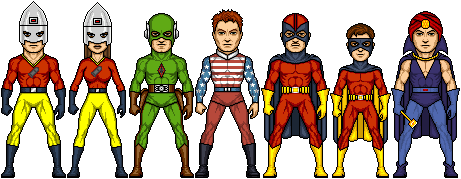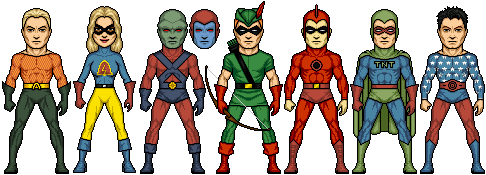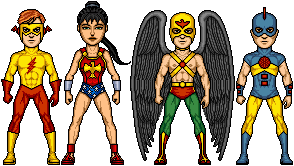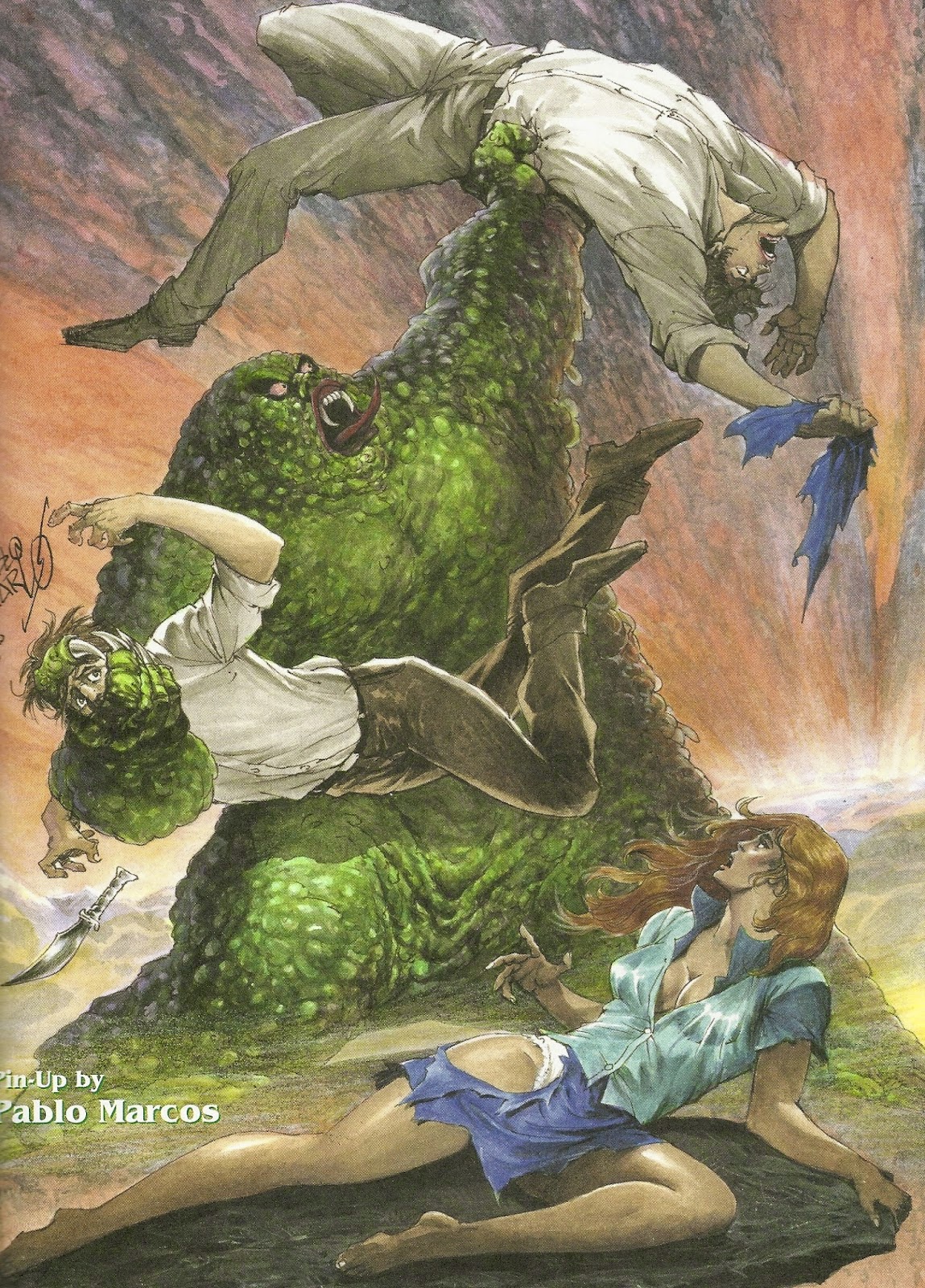I'm not very good with narratives so my timeline will be an actually timeline. I'm starting with the 30s:
1933
1934
1935
1937
1938
1939
1933
- Eastern Color Printing begins business as a publisher of comic books.
- Maxwell Gaines begins a new job as a salesperson at Eastern Color Printing.
- Historians consider Famous Funnies, printed this year by Gaines at Eastern in tandem with Dell Comics, to be the first modern comic book, though this one was mostly a test giveaway at Woolworth's Department Stores.
1934
- Gaines relaunches Famous Funnies (cover dated July) is and puts a 10-cent sticker on the cover and it becomes the first full-color comic book sold to the public.
- Malcolm Wheeler-Nicholson forms National Allied Publications, Inc., one of the two companies to eventually become National Comics Publications (later DC Comics).
1935
- National Allied Publications published New Fun Comics, which was the first comic book to contain wholly original material rather than reprints of newspaper comic strips. The series would go on to debut the characters Doctor Fate, Aquaman, Green Arrow, and The Spectre.
- New Comics, which would be retitled to New Adventure Comics and then Adventure Comics, debuted from National Allied Publications. The series would later feature the debuts of Hourman, Sandman, Starman, and Jack Kirby's Manhunter.
1937
- Detective Comics, Inc. was formed, with Wheeler-Nicholson and Jack S. Liebowitz, Donenfeld's accountant, listed as owners.
- National Comics Publications/Detective Comics, Inc begins publication of Detective Comics.
- Wheeler-Nicholson is force to sell his publishing business to Harry Donenfeld and Jack Liebowitz.
1938
- Jerry Siegel & Joe Shuster sold all rights to Superman to the comic-book publisher Detective Comics, Inc., another forerunner of DC, for $130 ($2,314 when adjusted for inflation).
- National Comics Publications publishes Action Comics #1, the first appearance of Superman. The comic launched the superhero industry and along with company title Detective Comics, became one of the longest running comic book titles, with continuous publication since 1938 (with a minor gap from 2011-2016).
- Gaines and Jack Liebowitz begin publishing comics with original material under the name "All-American Publications". At the time, Liebowitz was the co-owner with Harry Donenfeld of National Allied Publications, the precursor company to DC Comics, and Donenfeld financed Gaines' creation of All-American.
1939
- Many influential comics companies, including Archie Comics, Fawcett Comics, Fox Feature Syndicate, Lev Gleason Publications, Quality Comics, and Timely Comics (later Marvel) were founded this year.
- First appearances of Batman and James Gordon in Detective Comics #27.
- Publication of Mystery Men Comics by Fox Feature Syndicate begins, debuting the Blue Beetle (as Dan Garret).
- Timely Comics publishes Marvel Comics #1, renamed next issue to Marvel Mystery Comics. The original Human Torch and Namor The Sub-Mariner debut in this issue.
- DC Comics brought a copyright infringement lawsuit against Fox, due to the character's similarities to Superman, as well as story and illustration elements that were similar to previous Superman adventures. The case was brought to court in Detective Comics, Inc. v. Bruns Publications, Inc., 111 F.2d 432 (2d Cir. 1940), in which Eisner defended the originality of his creation. Despite this testimony, the subsequent decision forced Fox to drop the character after just one issue.
Last edited:












